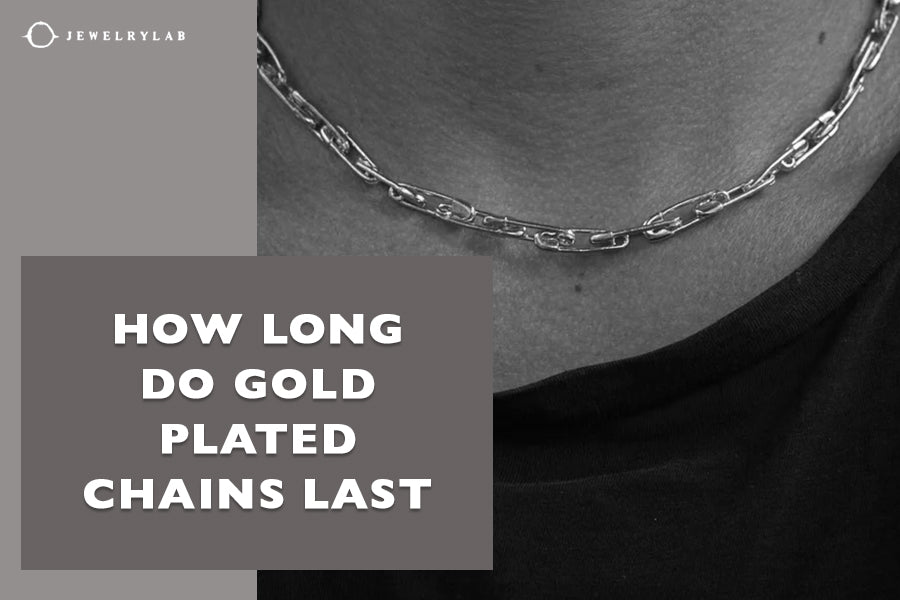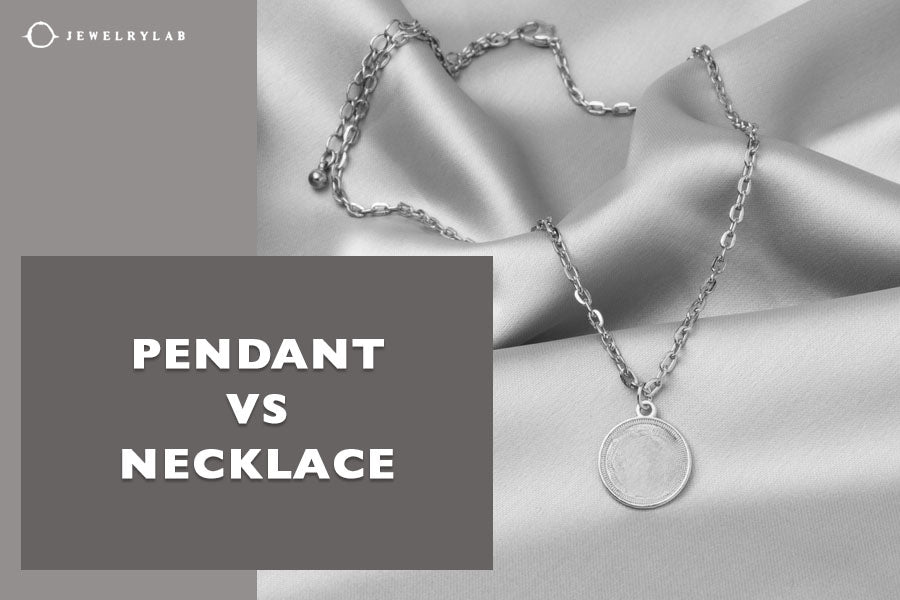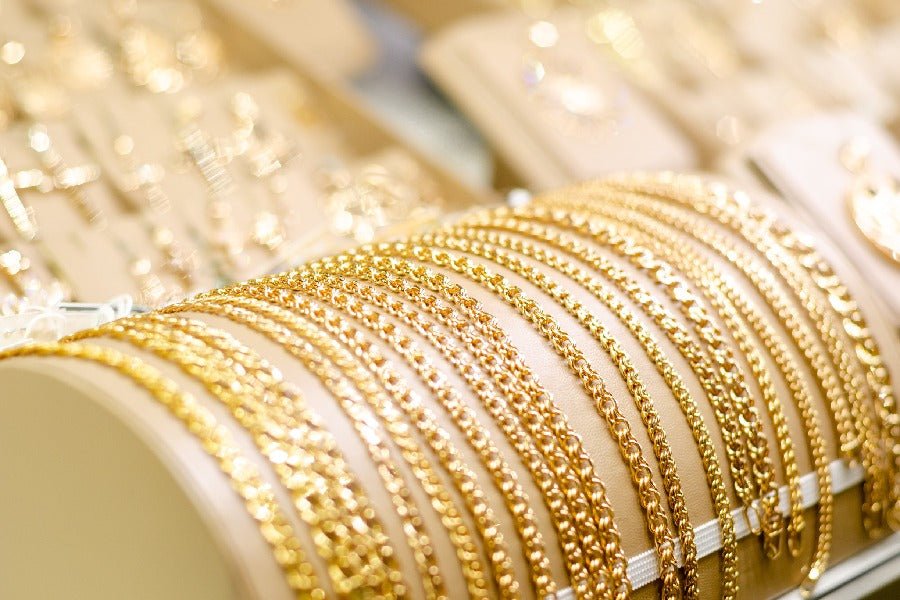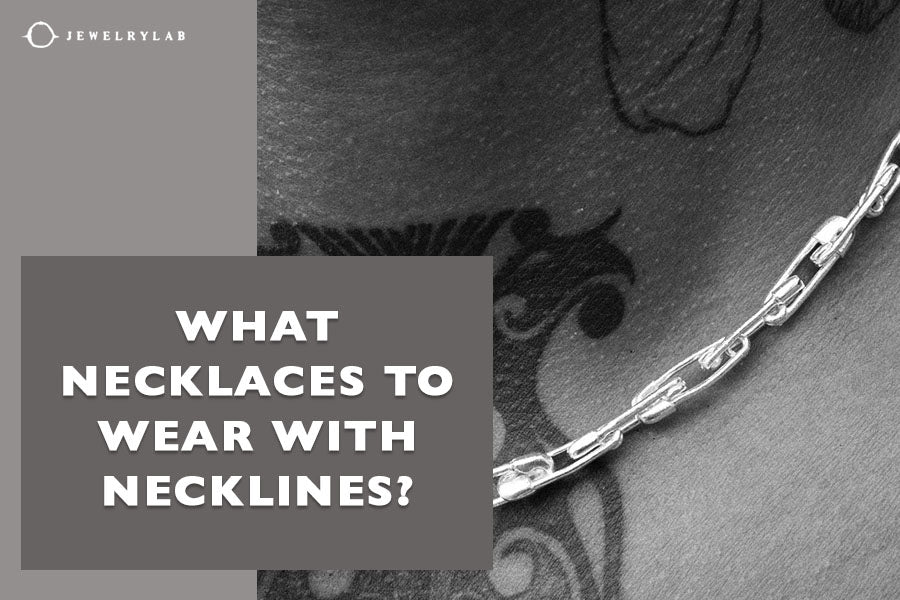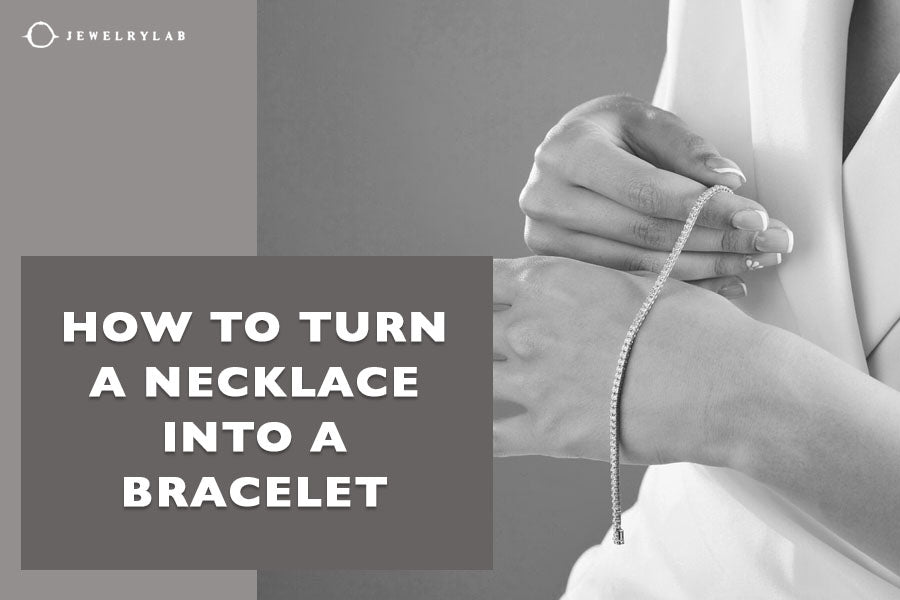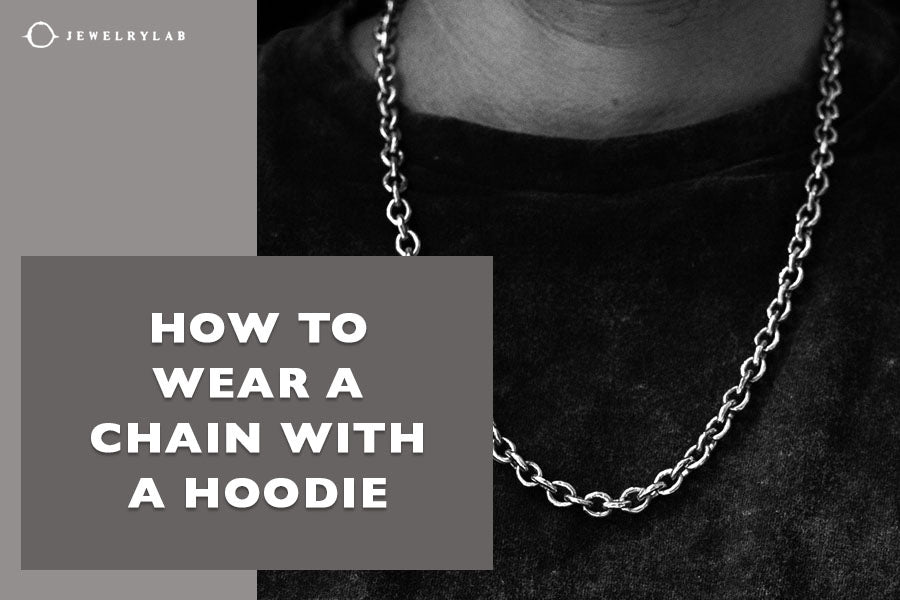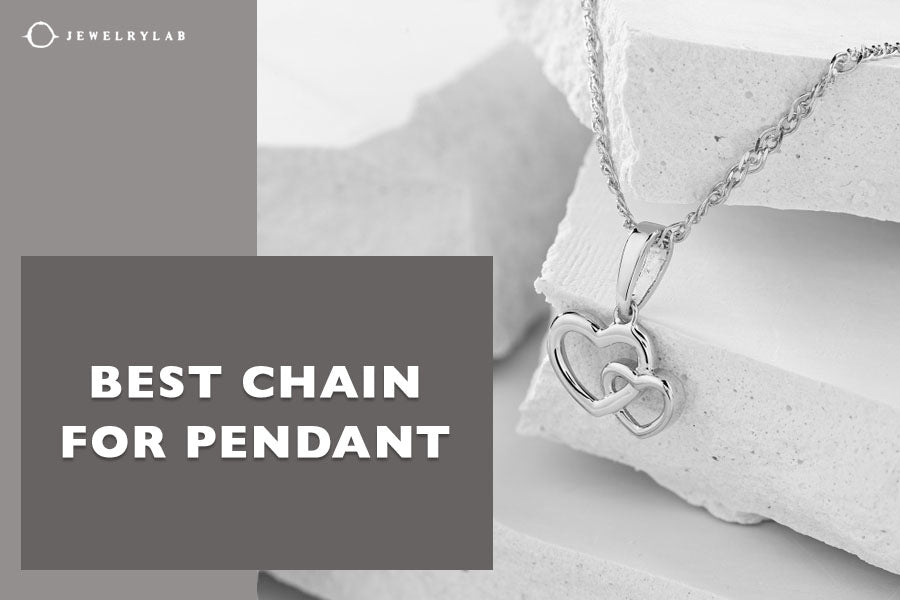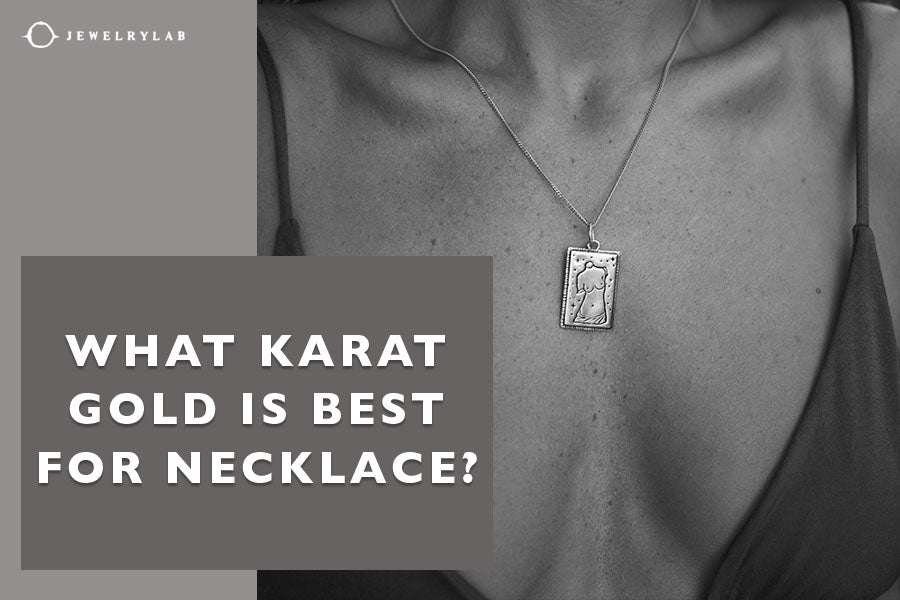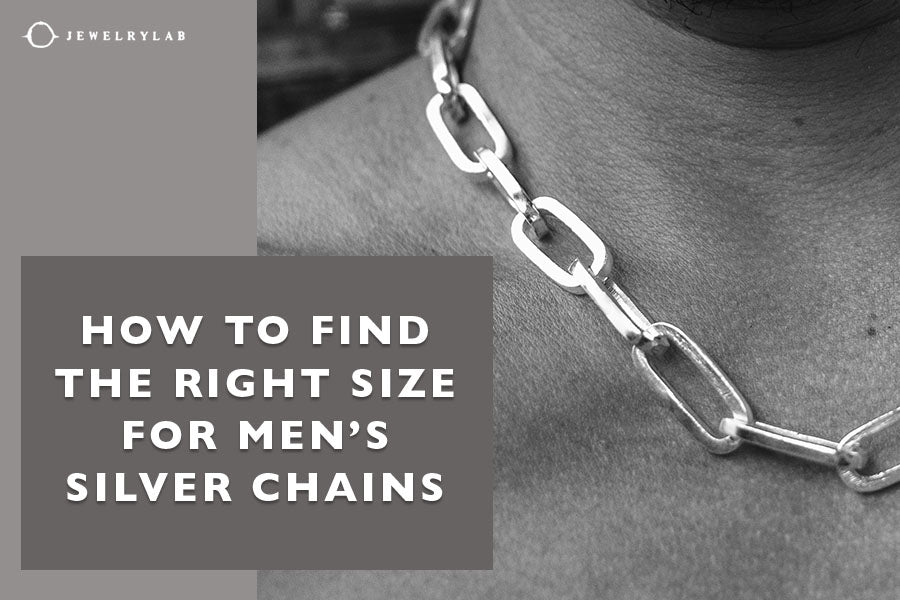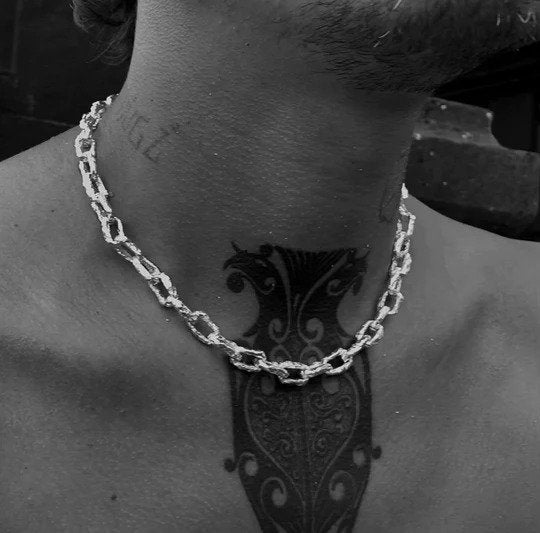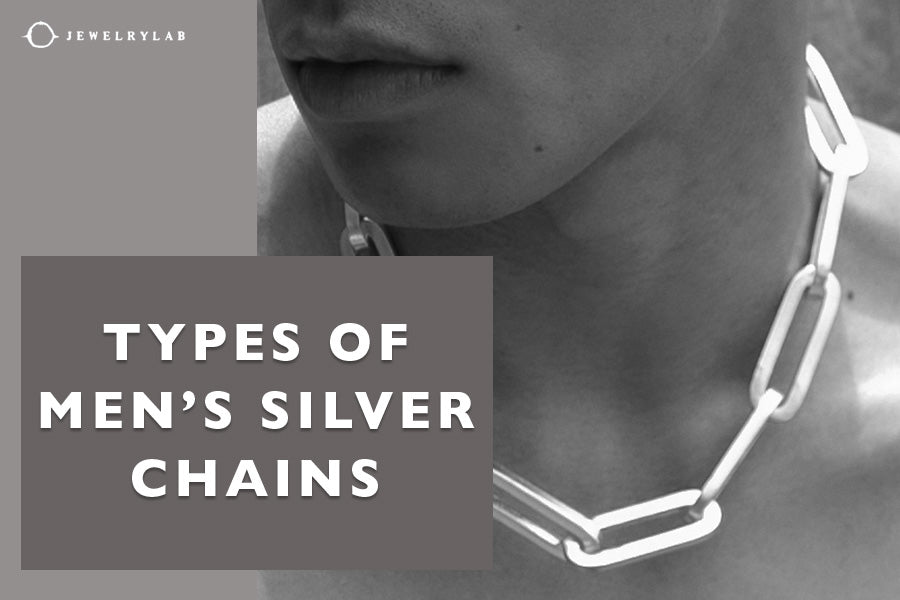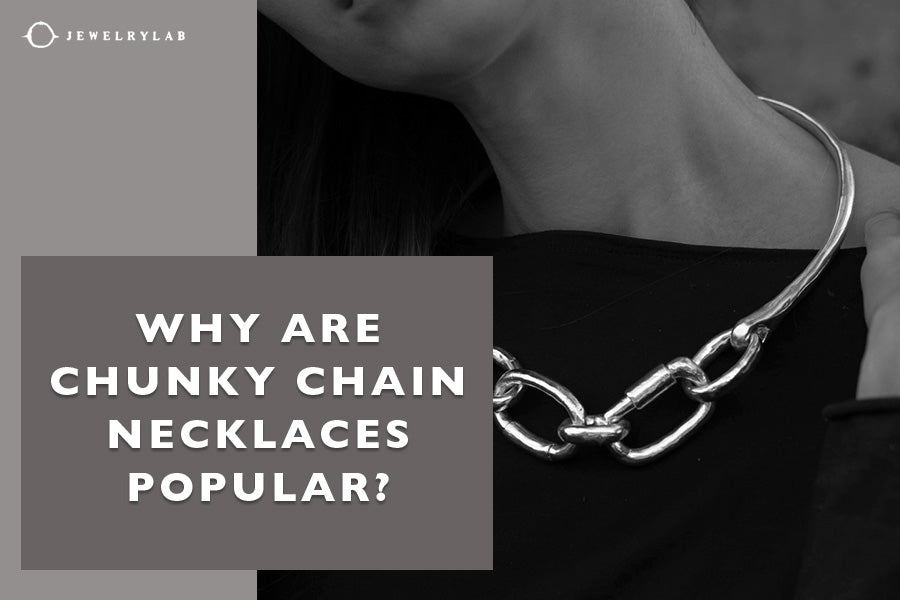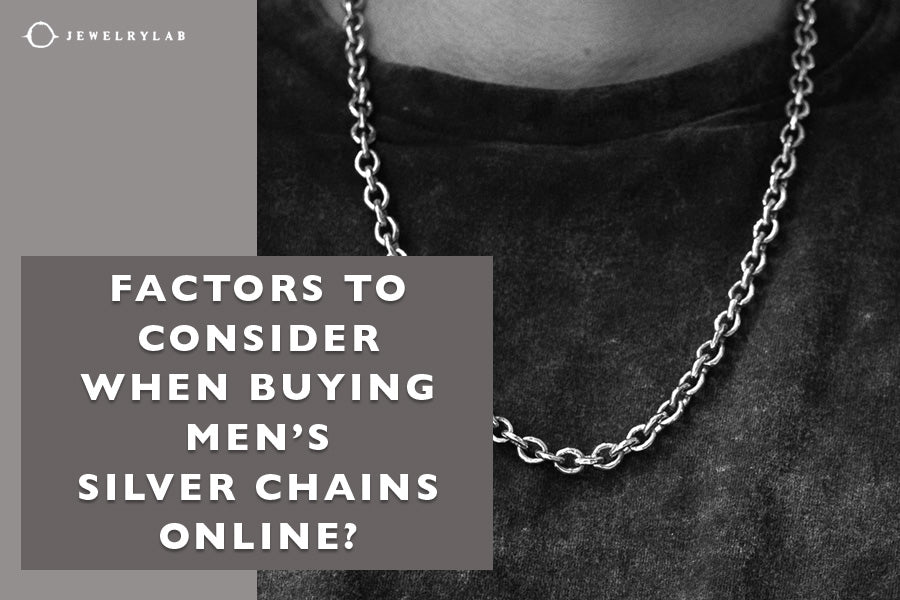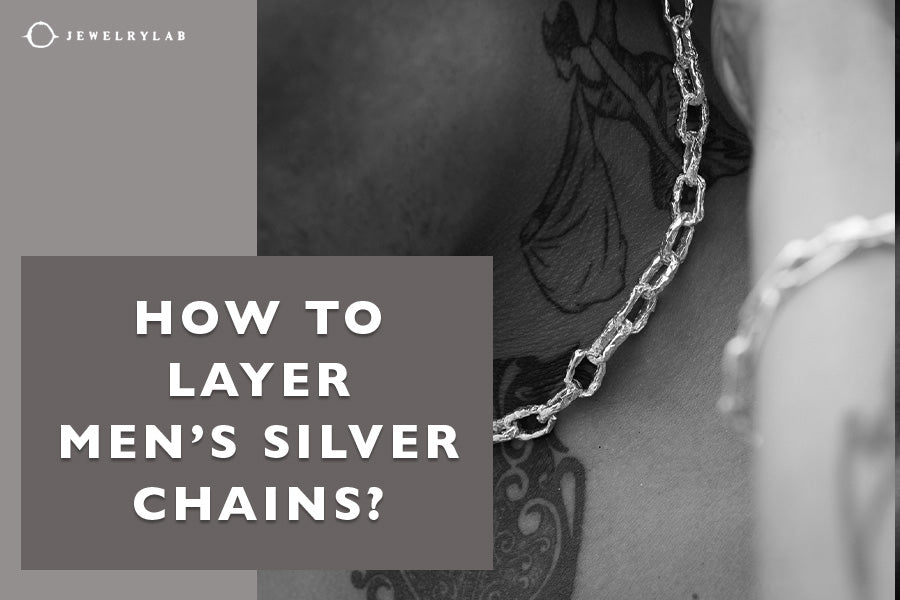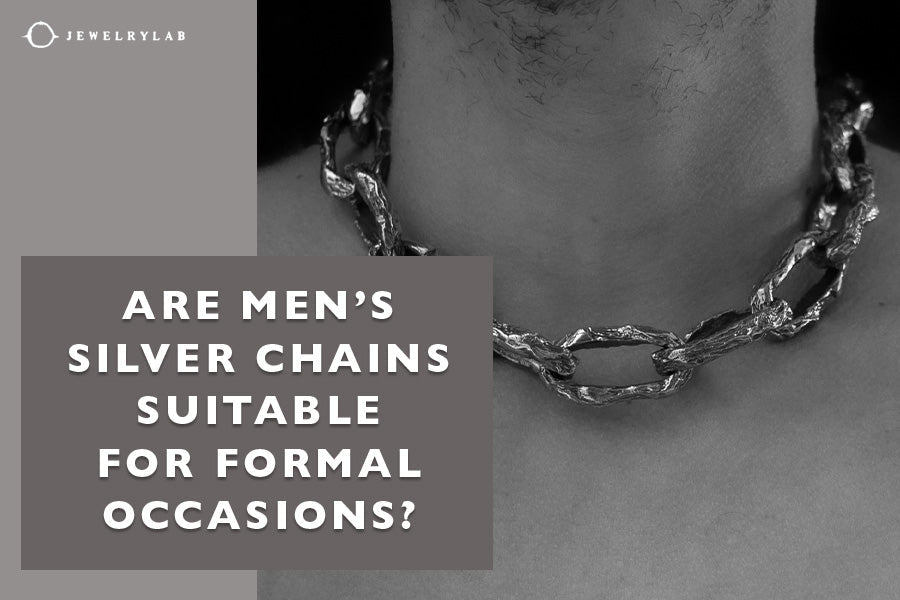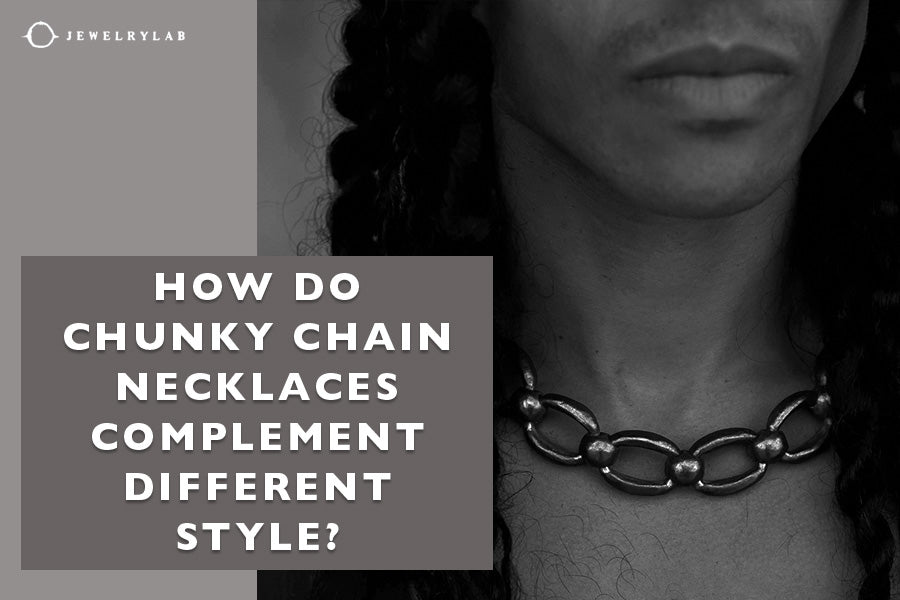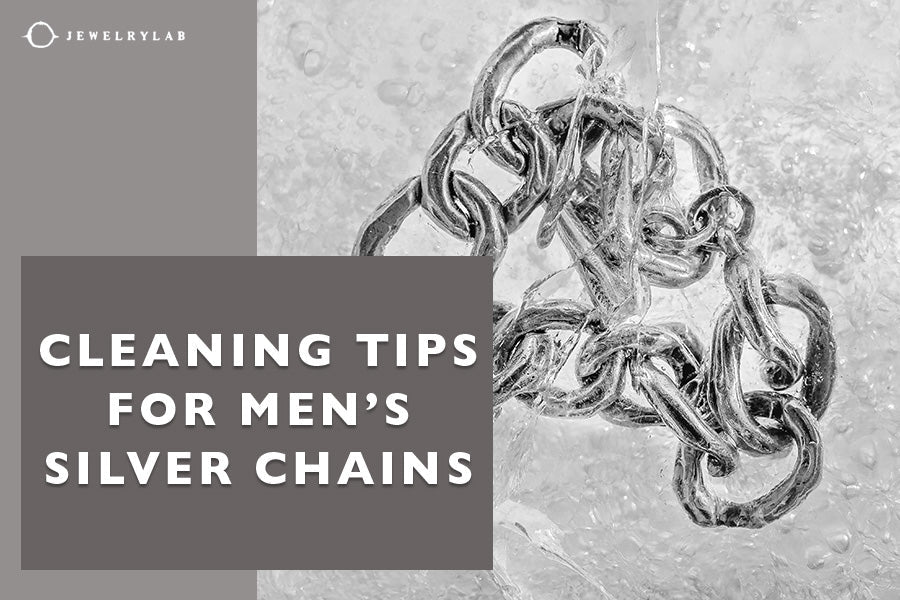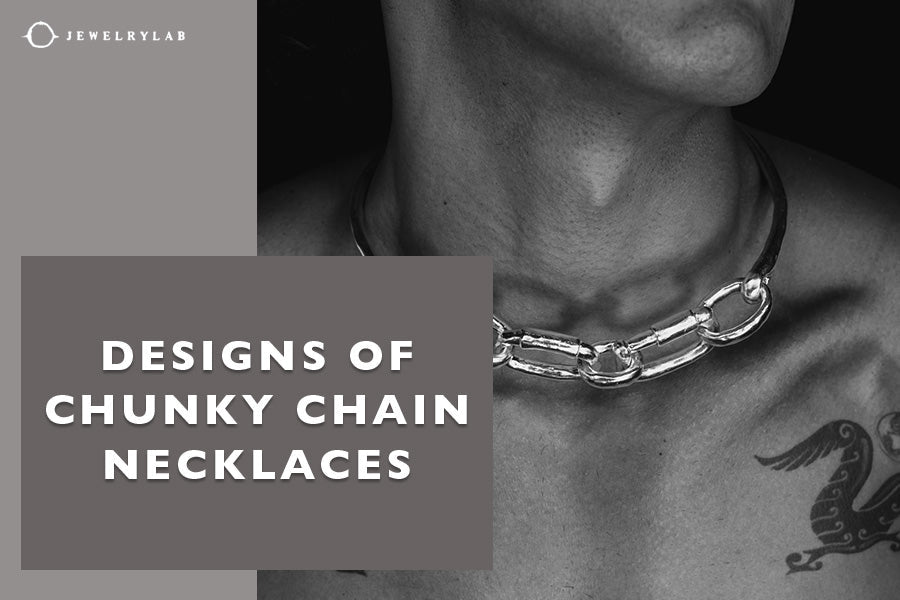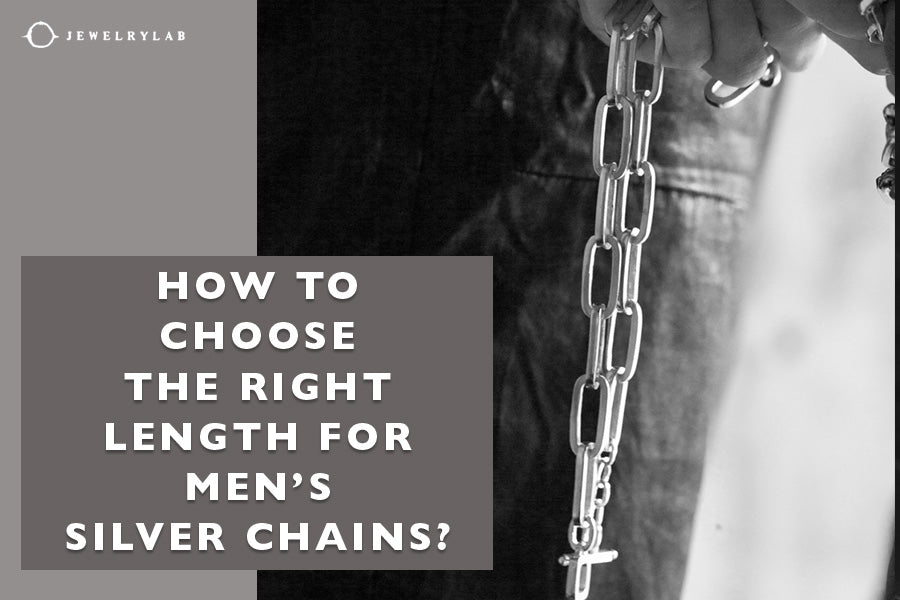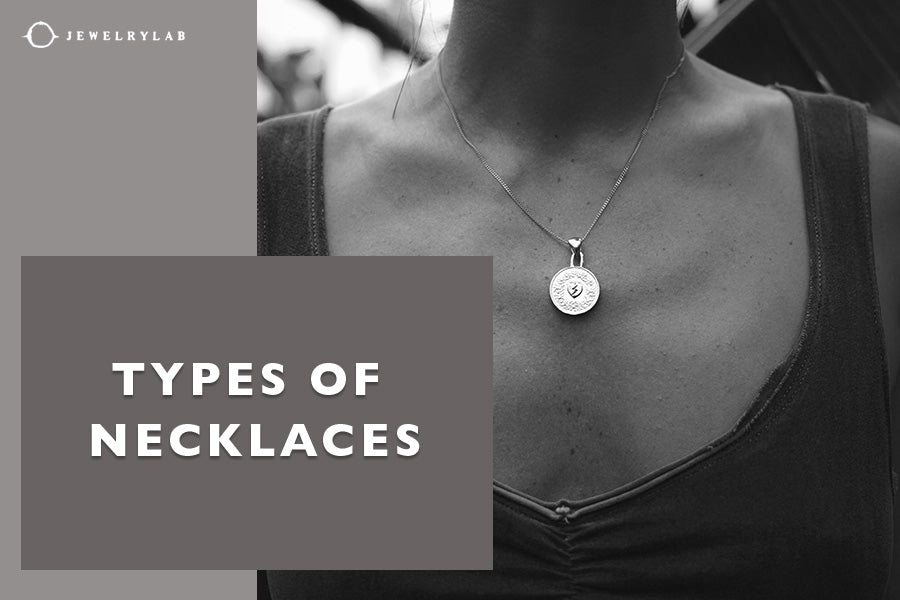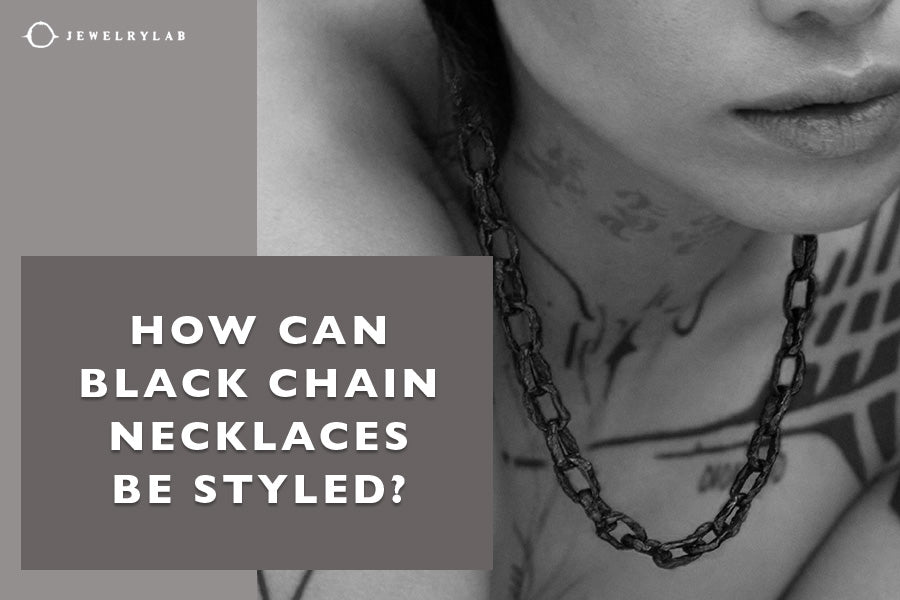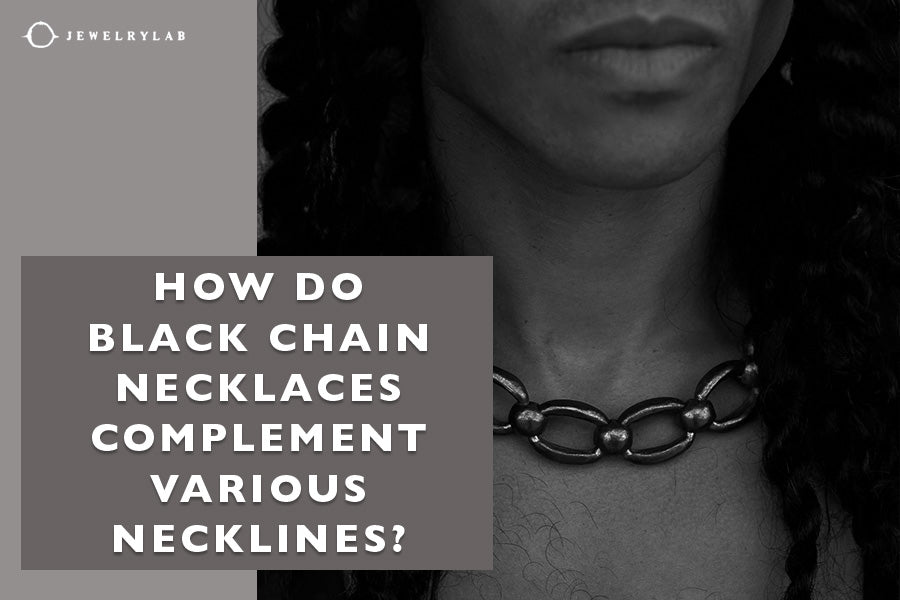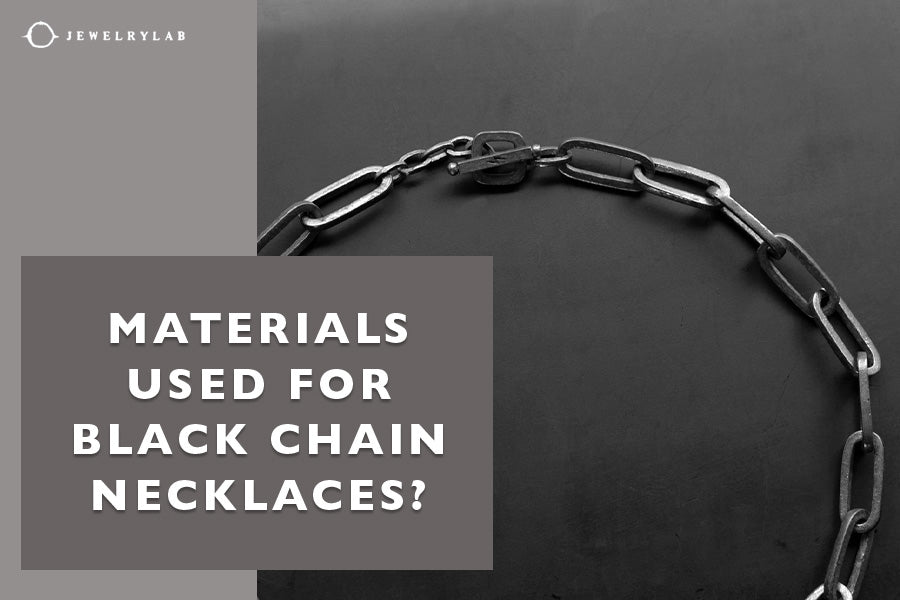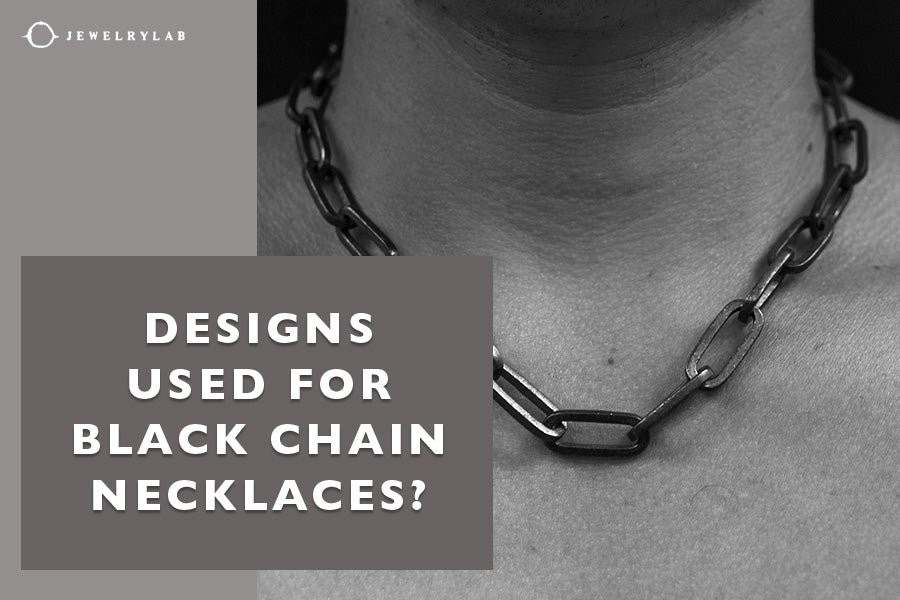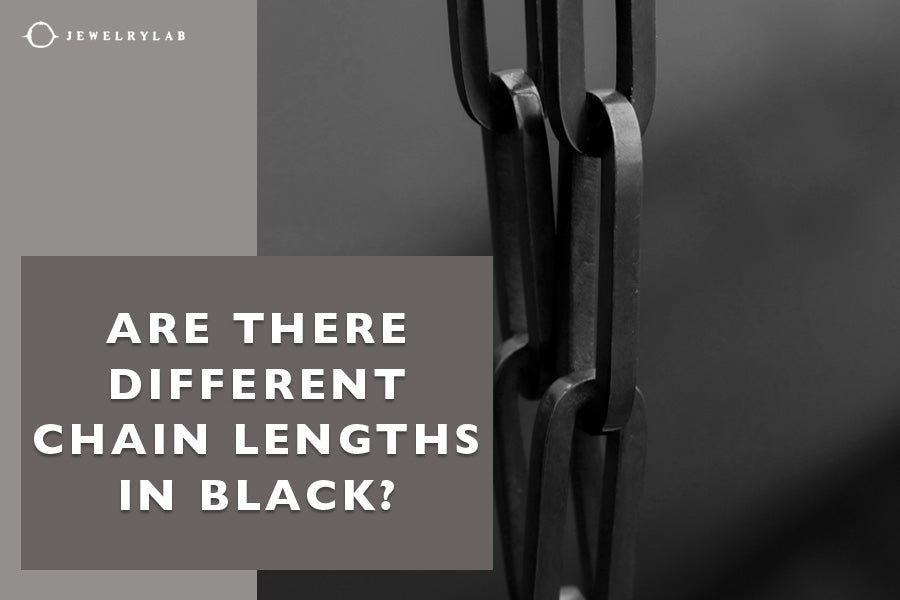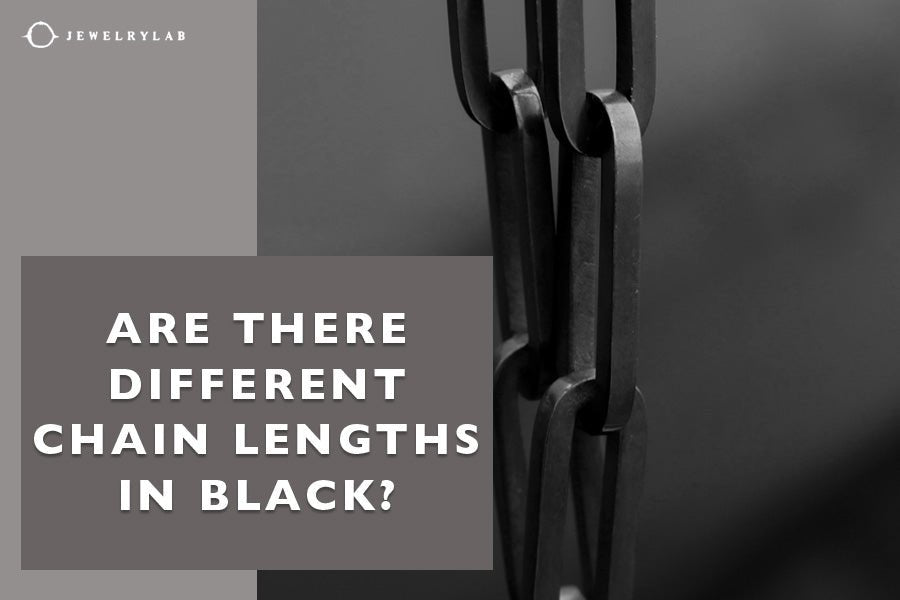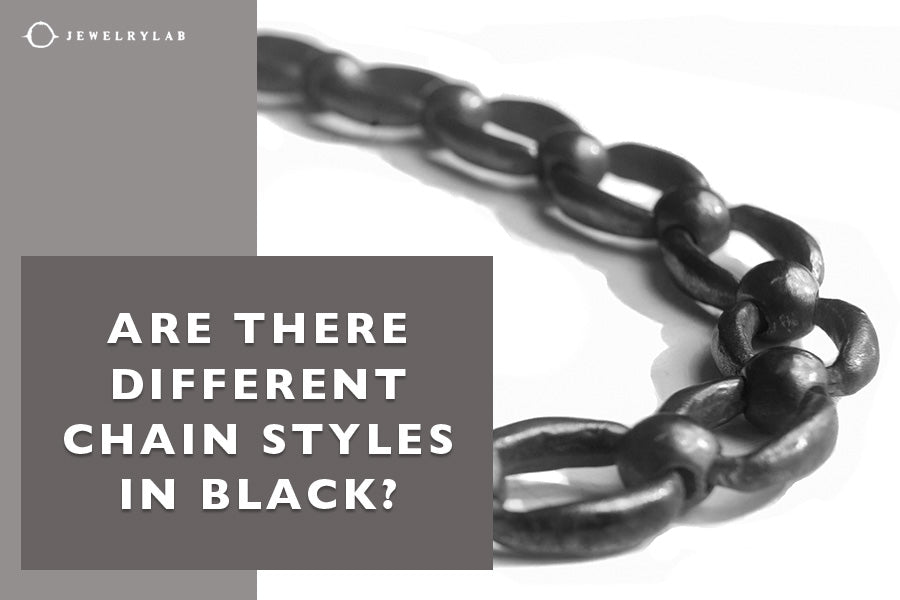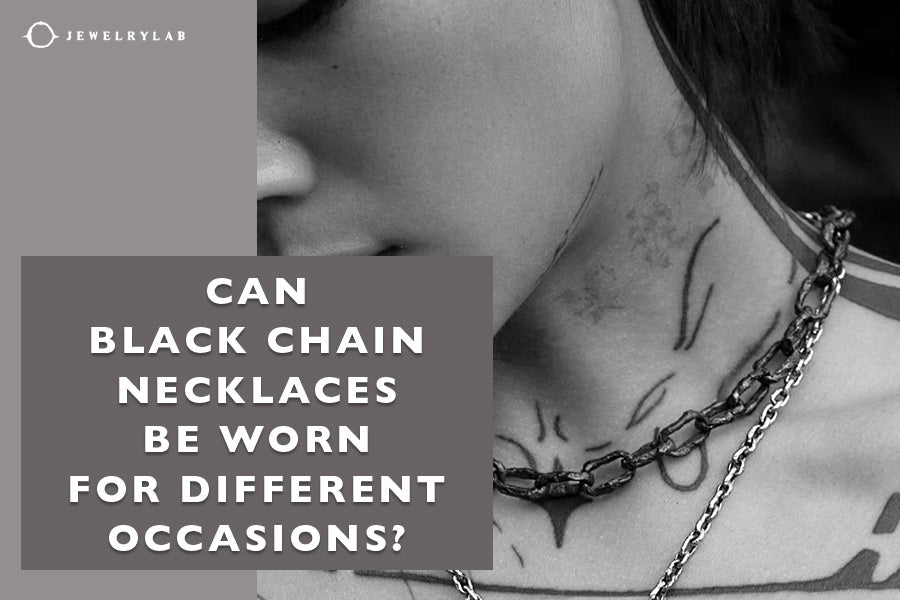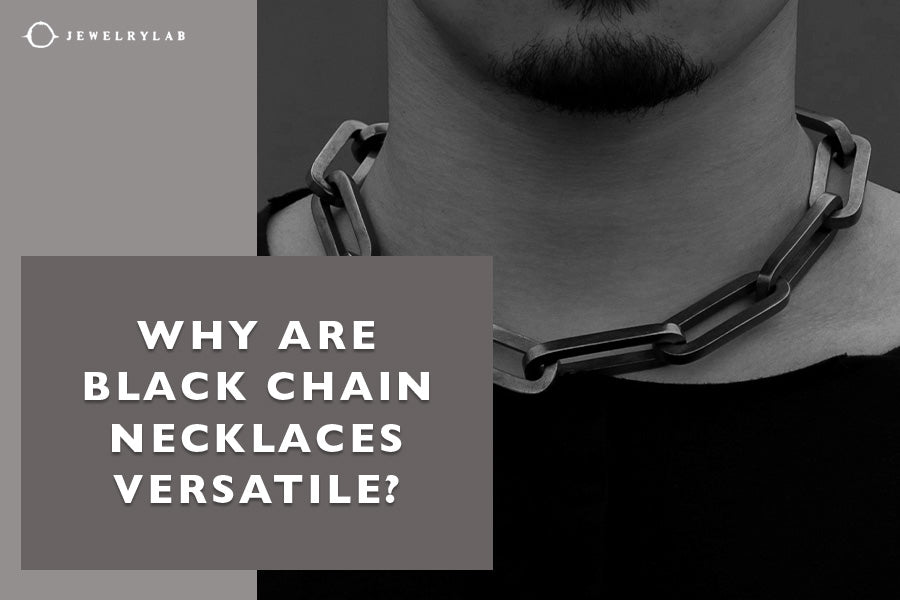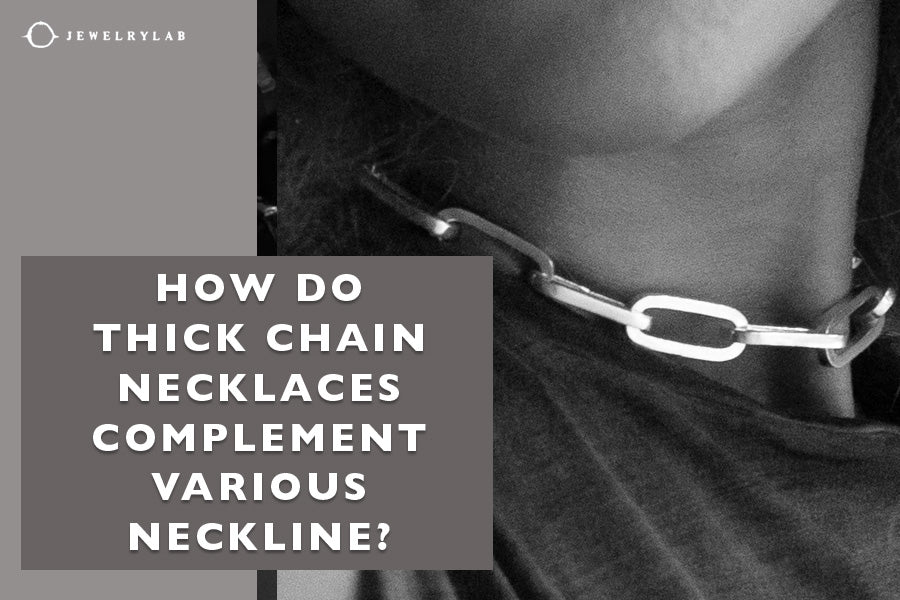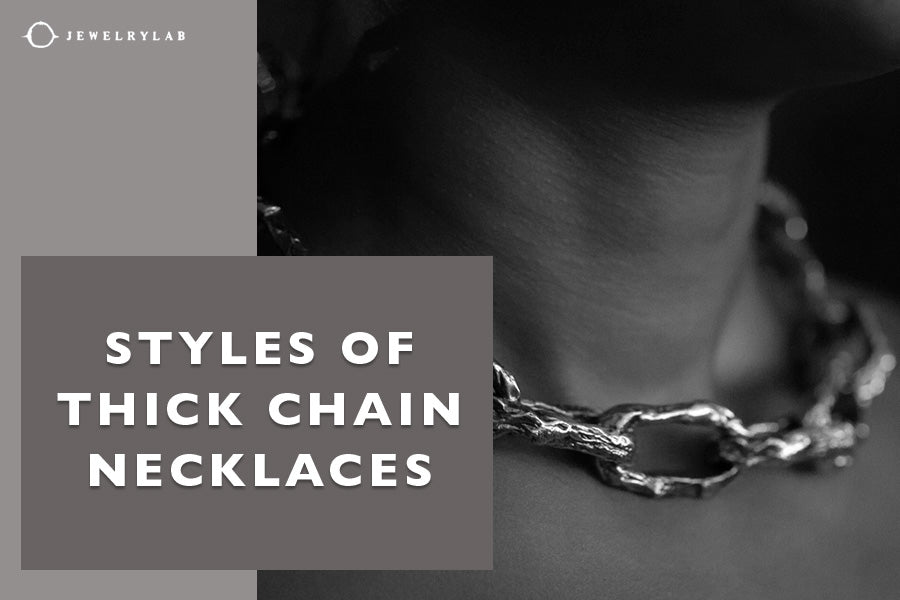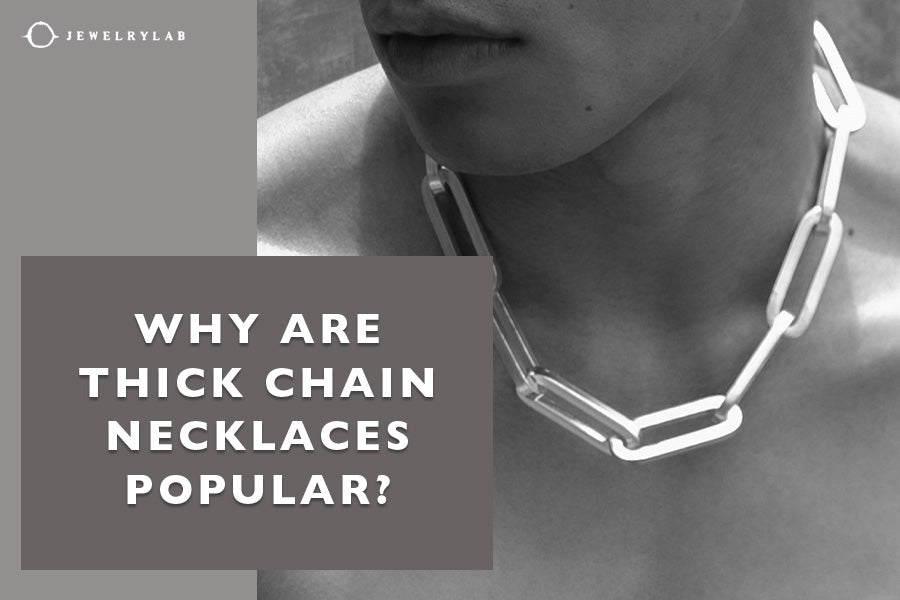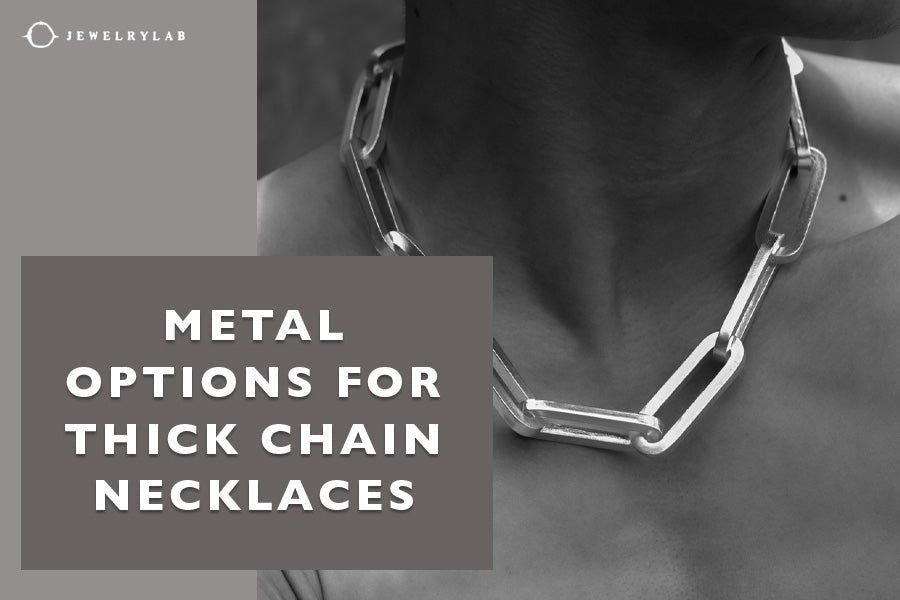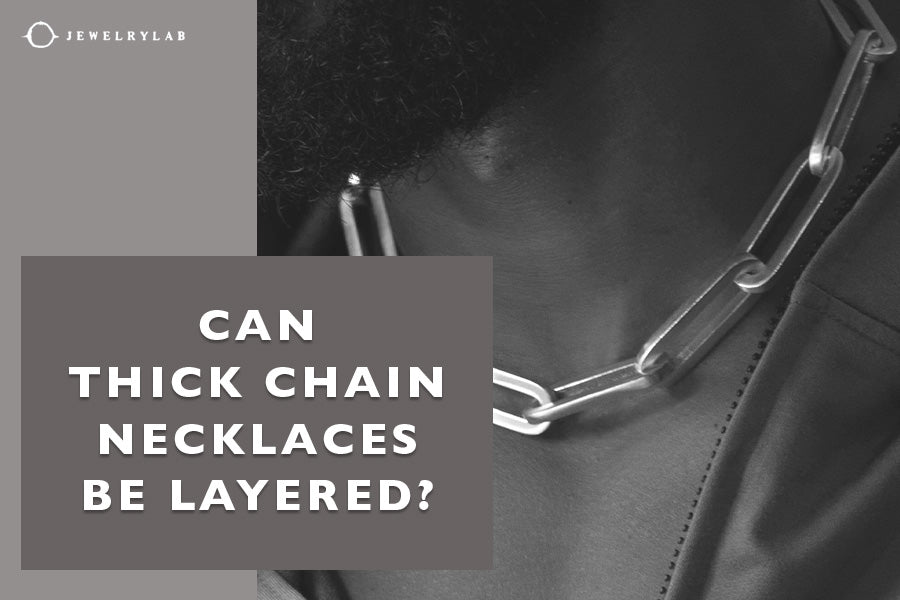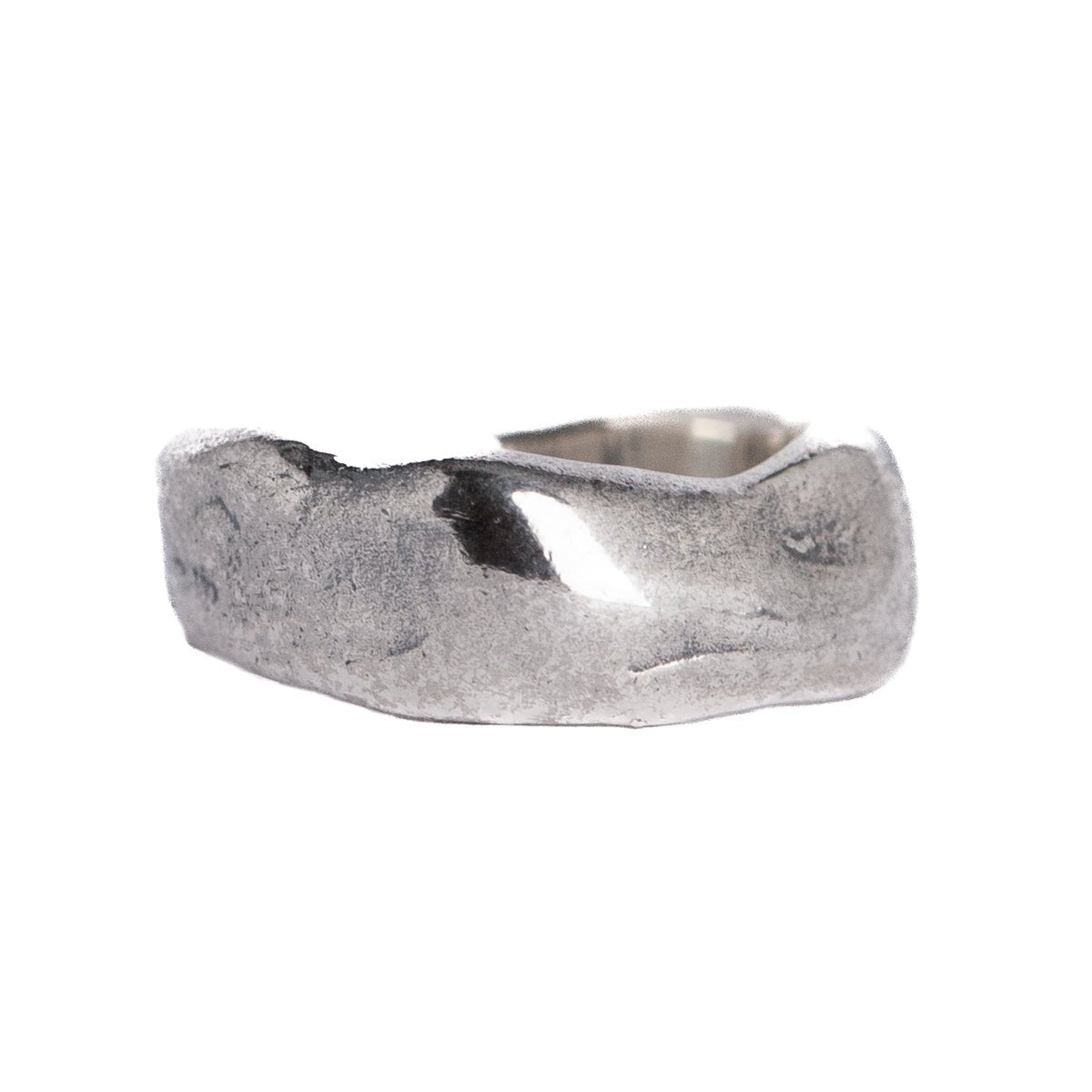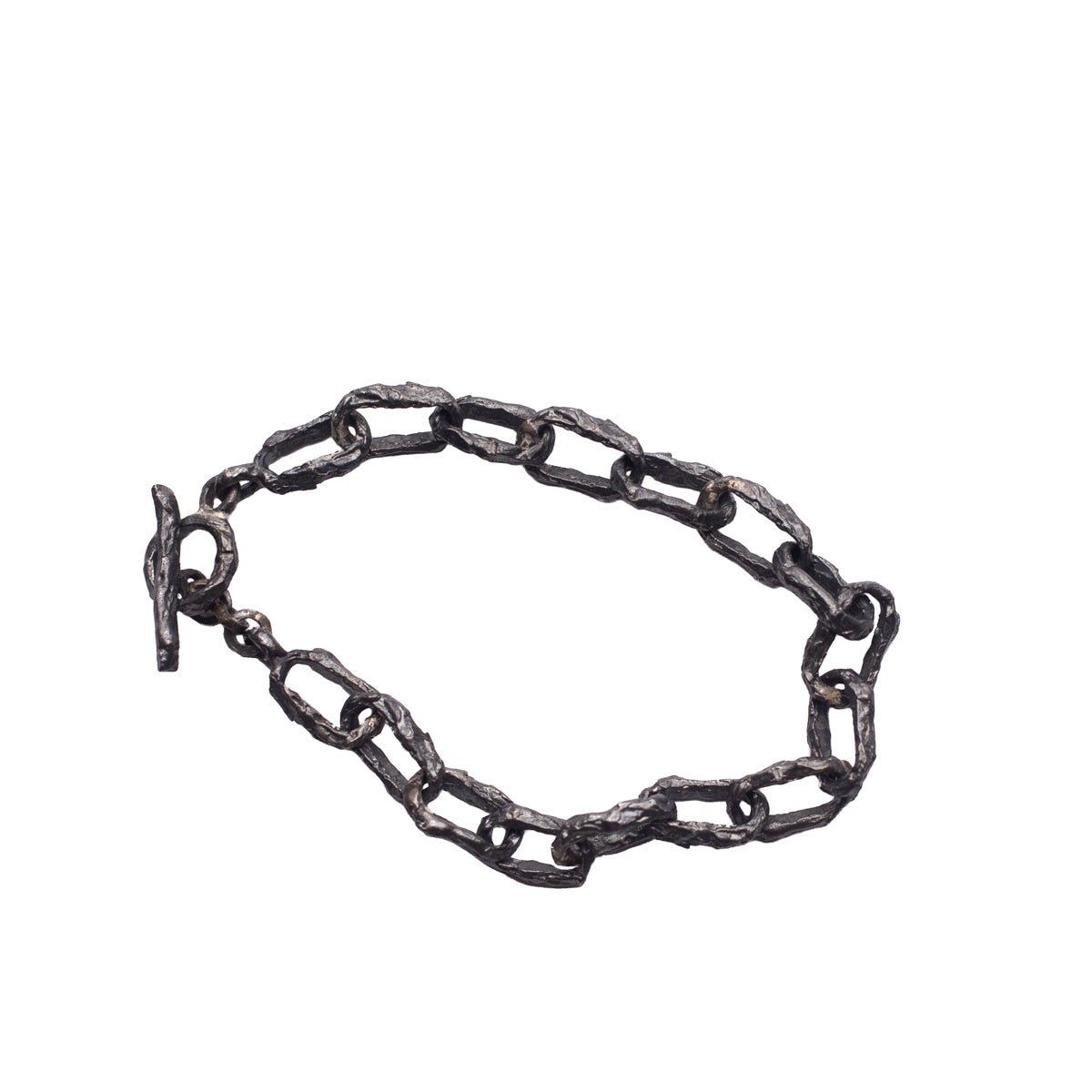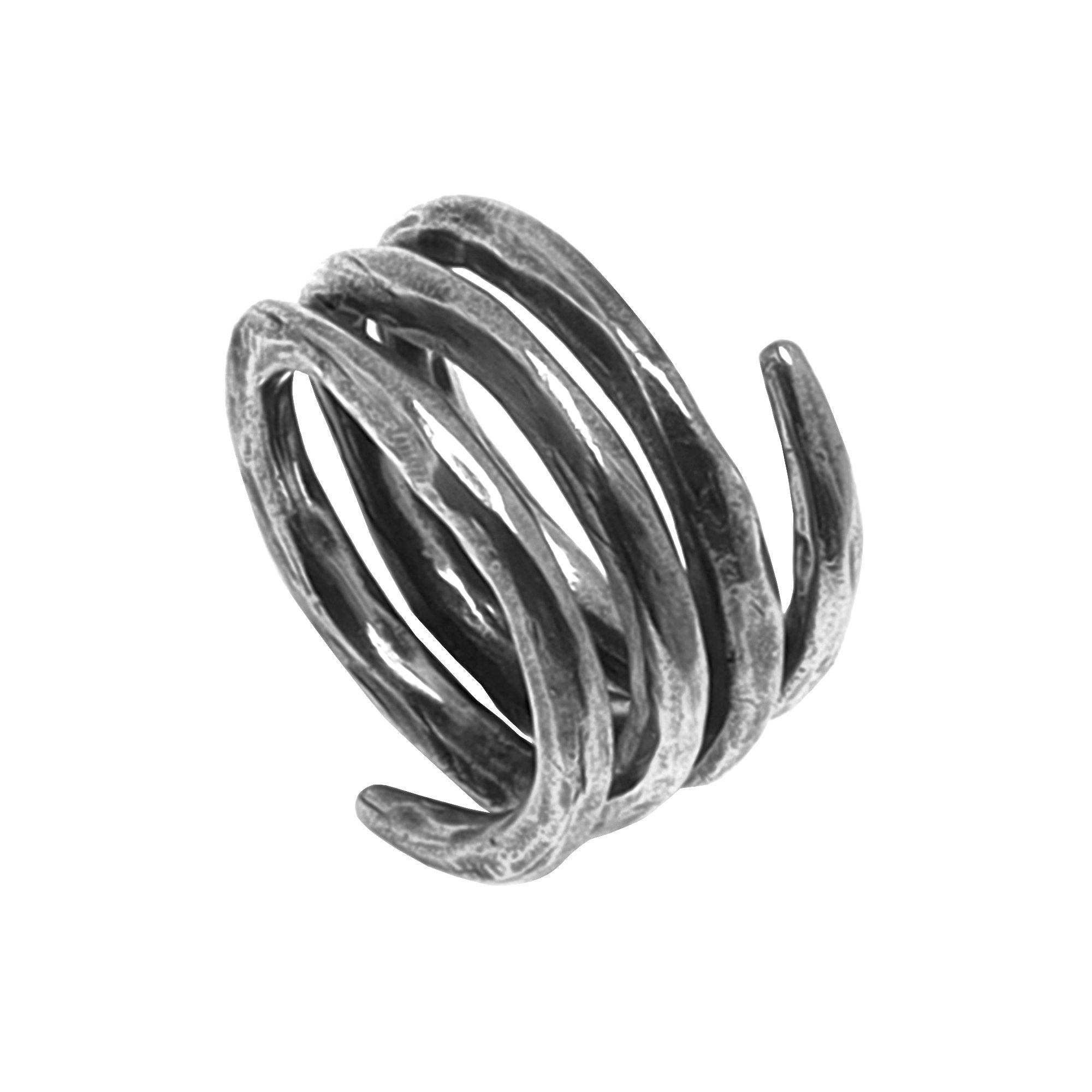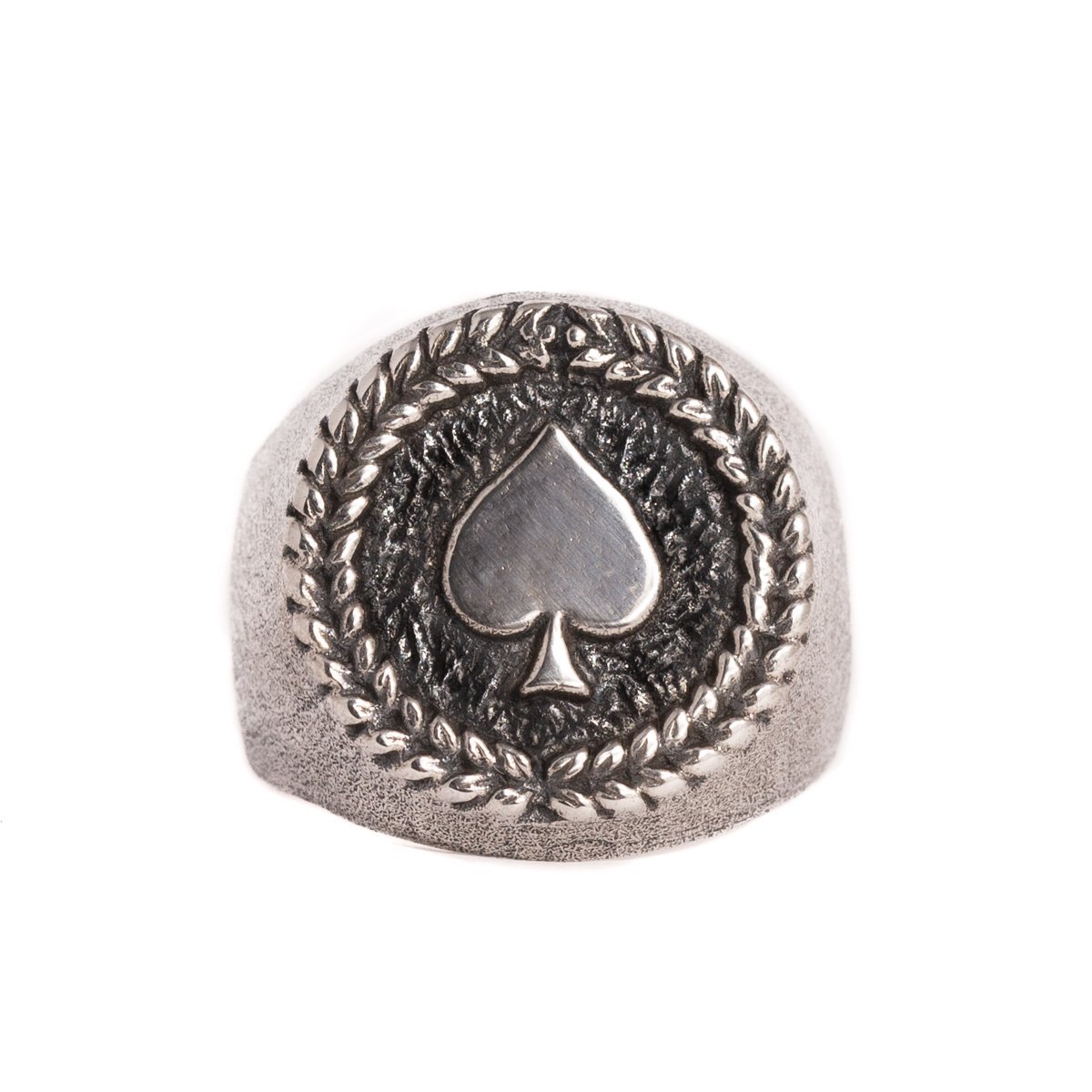by Jesús Zabala - 4 min read
How to Tell if Silver Necklace Is Real
If you’re drawn to the timeless elegance of silver necklaces, it’s important to ensure you’re getting the real deal. There are subtle differences between authentic and imitation pieces that can be easy to overlook. Certain markings or tests can reveal a lot about the necklace’s authenticity. That’s why in this article, we’ll guide you to verify whether your silver necklace is genuine by discussing how to tell if silver necklace is real, so you can wear it with confidence.
How to Tell If Silver Necklace Is Real
Silver necklaces are timeless jewelry pieces, but many necklaces that look like silver may not be or may be made of low-quality metal. Here are some reliable methods to help you determine how to tell if a necklace is real sterling silver.

Source: shutterstock.com / Photo Contributor: Anita Eka Permatawaty
Visual inspection
The first step is to look for hallmark stamps. Check the necklace for stamps such as “925”, “sterling”, or “STER”, which indicate that the piece contains 92.5% pure silver. These marks are usually small and can be found near the clasp or on the flat surface of the necklace.
You can also check the overall appearance of the necklace. Genuine silver has a smooth, polished surface and shines, which differs from the look of plated metals. Real silver may develop a dark patina over time, which can be polished away.
Additionally, look for signs of flaking or areas where the silver turns green, which indicates silver plating over a base metal.
Lastly, silver is a soft metal, so wear or bending is common in authentic pieces.
Magnetic test
Magnetic testing is a simple method to check whether a necklace is made of pure silver or is silver-plated. Silver is paramagnetic, meaning it has a very weak reaction to magnets. To perform the magnet test:
Weight test
Silver's high density – around 10.49 grams per cubic centimeter – makes it heavier than other metals used in jewelry. You can perform a weight test to help determine if the necklace is real silver.
Compare the weight with that of similar silver necklaces based on design and size. Genuine silver necklaces will feel heavier than those made of lighter metals like aluminum. However, remember that the design and size of the chain can also affect the weight.
Acid test
An acid test is a more precise method to determine the purity of silver. This test involves applying a small drop of acid (usually nitric acid or aqua regia) to the metal and observing the reaction. Here’s how it works:
- If the silver is 925 (92.5% silver), the acid will turn red.
- If the necklace contains 70-89% silver, the acid will turn green or brown
While acid testing is effective, it can potentially damage the jewelry, so it’s important to be cautious. Testing in an inconspicuous spot is advised to avoid aesthetic or structural damage.
Professional assessment
If you’re unable to confirm whether the necklace is genuine silver, it’s best to seek professional evaluation. Jewelers have the experience and specialized tools to check for authenticity.
In addition to the traditional assessment techniques, we have access to an X-ray fluorescence (XRF) analyzer — a sophisticated tool that can precisely determine the metal composition without damaging the piece.

Source: shutterstock.com / Photo Contributor: LightField Studios
Conclusion
Having it clear how to tell if silver necklace is real, you no longer have to worry about overpaying for a low-quality piece.
When it comes to how to tell if a necklace is sterling silver, start by looking for hallmark stamps, then perform a magnet test to find out whether a necklace is made from pure silver or silver-plated materials. The weight test is another method to determine the metal based on its weight. Finally, the acid test determines the metal purity.
If you’re still unsure after applying all these techniques, seek a professional assessment to determine whether your necklace is real silver.
-
DESIGNED & HANDMADE IN BALI
-
FREE RESIZING FOR EVERY PIECE
-
FREE SHIPPING ON $150+ ORDERS
-
100% SAFE & SECURE CHECKOUT


